Penoplex: choosing the optimal size of insulation
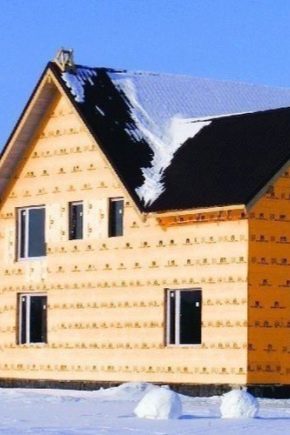
For a comfortable stay in the house at any time of the year, you should immediately take care of its high-quality thermal insulation. It will help out by making the house warmer in winter and cooler in summer. The construction market provides a large selection of materials for thermal insulation, and each consumer can choose an option to their liking. Penoplex can be called the most acceptable insulation in terms of price, quality and ease of installation.
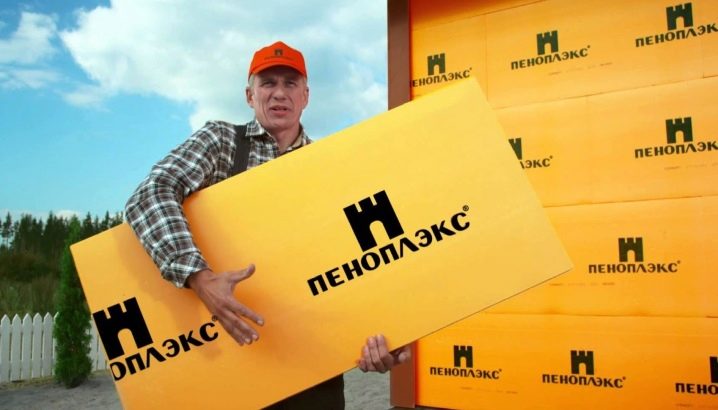
Features and characteristics
Plates made of polystyrene foam are similar in their properties to foam plastic, but at the same time they have a number of advantages. The main thing is their high strength and material density. Of course, some people still prefer the older methods for insulating walls. For example, a brick. It is worth mentioning that 20 mm thick penoplex replaces a brick wall, in which this figure is 370 mm. And if we compare slabs with a thickness of 50 mm, then the superiority will be even greater: they correspond to brickwork of 925 mm.
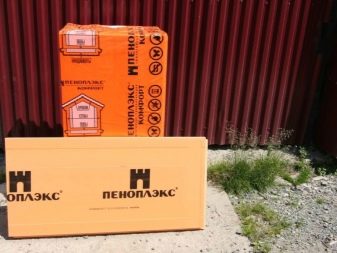
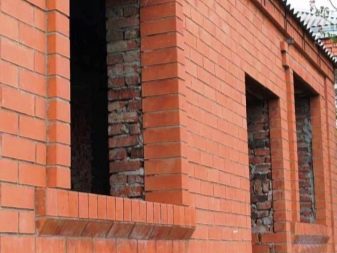
There are three types of material under consideration:
- "Penoplex 31". Due to its poor resistance to compression, this type is mainly used for insulating various pipes.
- "Penoplex 35". The most popular type, due to the presence of a special substance that increases the resistance of the material to combustion. It is well suited for thermal insulation of building envelopes and foundations.
- "Penoplex 45". In comparison with other options, this one is the most durable, withstands high loads. In addition to building houses, Penoplex 45 is often used to create roads. This solution prevents swelling of the roadway during freezing, this is especially important when operating runways. Presented by a narrower assortment (40–150 mm).
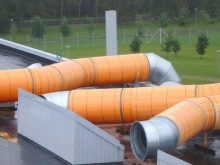

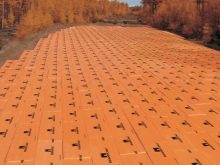
In addition to this classification, there is another division of penoplex. The name of the insulation indicates the scope of its application, which makes it easier to choose.
"Penoplex Comfort"
The most versatile insulation. Suitable for both foundations and walls and roofs. Insulation of this category is especially in demand for thermal insulation of balconies, loggias. The main disadvantage of the material is its high flammability; it is not allowed to use it in places where open fire is possible. Its main parameters correspond to the insulation category "31".
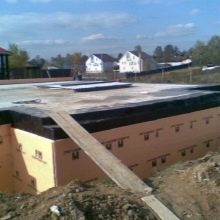
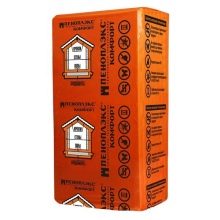
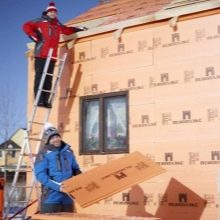
"Penoplex Foundation" (series "F")
It is used to insulate underground buildings, foundations of any buildings, as well as the basement of the house. It combines many excellent indicators: minimal water absorption (especially important in areas with surface groundwater), resistance to heavy loads (does not settle for a long time, more than 50 years). "Penoplex F" is also used for refining garden paths on a sand-cement base.
If our ancestors, who built cities, had such wonderful material at their disposal, they would be lucky to build houses, insured against their subsequent subsidence. Cracks would not appear in the walls of buildings, and the foundation would not collapse under the influence of soil water.
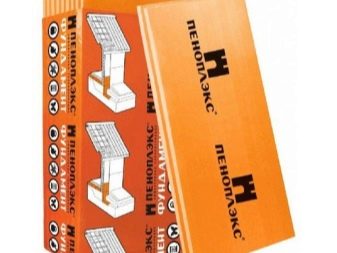
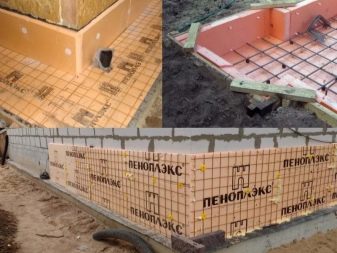
When arranging and protecting the base with Penoplex of the "F" series, it will also be useful to take care of strengthening the floor screed of the house. It is important to highlight two points here:
- Strengthening the screed with reinforcement.
- Use of sheets "Penoplex Foundation" at the stage of filling the screed. The size of the sheets will dictate the area of the house: the larger the material, the fewer joints, and hence the fewer "cold bridges" along which heat will escape from the house. The concrete floor obtained in this way will provide increased comfort. It will have low thermal conductivity thanks to the penoplex, which means that it will retain heat inside the house.


The blind area of the house can also be protected with Penoplex Foundation. It is better to spend money once than to watch with tears in your eyes how your home is being destroyed by torrential rains.
"Penoplex Roof" (series "K")
The technical characteristics are the same as for Penoplex Foundation, only the compressive strength is lower (the density of the material is 28–33 kg per m3). However, the roof does not experience such loads as the foundation. Due to its low density, the material does not weigh down the rafter system.
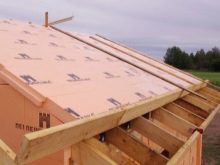


"Penoplex Wall" (series "C")
This option withstands well the load from plaster, putty, lining. Thanks to the use of such material, heating costs can be reduced. "Penoplex Stena" is perfect for exterior cladding of aerated concrete houses.
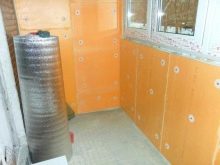
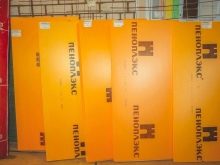

"Penoplex Geo"
This material is highly popular among industrial organizations. It is ideal for floors under a cement-sand screed. The thickness of the slabs varies from 20 to 100 mm.
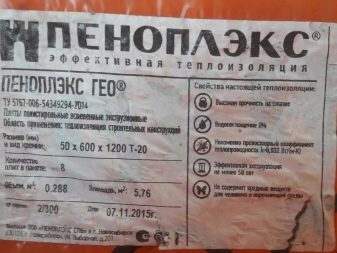

The table shows the main types of insulation and its characteristics:
| Material properties | Penoplex 31 | Penoplex 35 | Penoplexa 45 |
| Density | 25-30 | 28-38 | 38-45 |
| Water absorption in 30 days (%) | 0,4 | 0,4 | 0,4 |
| Fire resistance | G4 | G3 | G4 |
| Thermal conductivity | 0,031 | 0,31 | 0,031 |
| Heat capacity | 1,65 | 1,53 | 1,53 |
| Vapor permeability coefficient | 0,018 | 0,015 | 0,015 |
| Durability (years) | More than 50 | More than 50 | More than 50 |
| Plate dimensions (mm) | |||
| Length | 1200 | 2400 | 2400 |
| Width | 600 | 600 | 600 |
| Thickness | 20 to 100 | 20 to 100 | 20 to 100 |

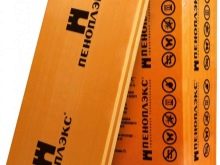
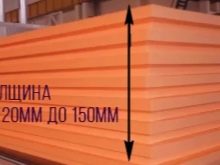
After studying the main parameters and properties of foam boards, you can determine its other characteristics and operating conditions. The main technical characteristics of penoplex include:
- Low water absorption (0.4% when in contact with a humid environment for 24 hours, or 0.5% when in water for about 1 month). Water is able to penetrate only in places where the foam itself is damaged, which are formed during installation.
- Low thermal conductivity (coefficient is 0.03 W / (m * K)). It is provided due to its cellular structure and lack of water absorption.
- Low vapor permeability of the material (0.007–0.008).
- Durability (more than 50 years) - does not lend itself to fungal attack and decay, but this is only on condition that there were no violations of technology during the installation of the plates.
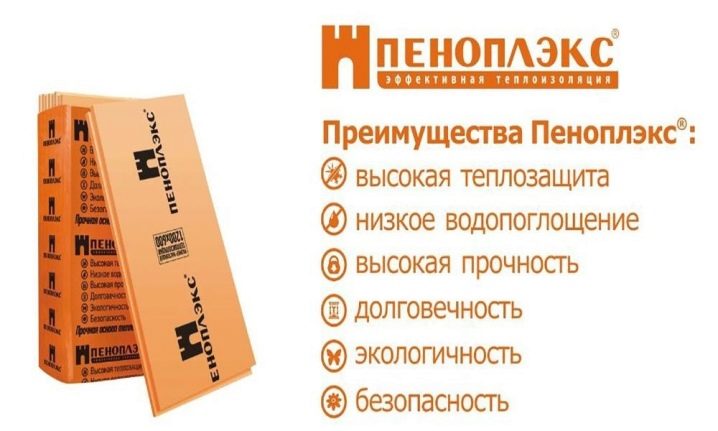
- Resistance to thermal factors (provided due to the content of fire retardants in the foam, which reduce the flammability of the material).
- Wide operating temperature range (from -100 to +75 degrees).
- Resistant to mechanical factors - resists compression. At high loads (higher than the performance characteristics of a certain type of foam allow), small dents up to 1 mm deep may appear.
- Due to their low weight, foam boards are easy to install. Due to their weight, they can be easily lifted to a great height, and they themselves do not weigh down the structure.

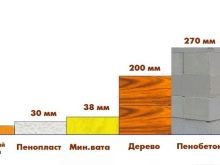
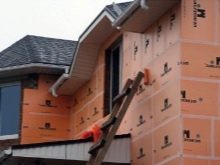
Despite such advantages of the material, it is worth highlighting the existing disadvantages:
- Despite the sufficient resistance of the material to the action of fire, it still burns (flammability level G3 – G4), while poisonous gas is released;
- The material is not resistant to direct sunlight. When it comes into contact with UV rays, penoplex can change its characteristics and at the same time emit toxic fumes.
- Penoplex does not perform a soundproofing function, this must be taken into account during the insulation of the house.
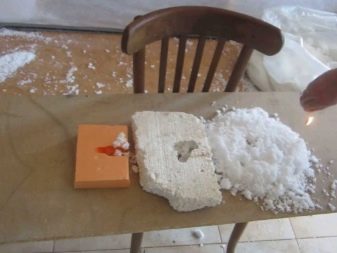
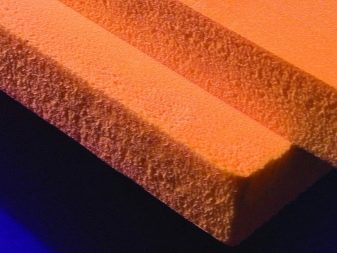
Standard parameters
Penoplex is available in the form of a slab. The dimensions of these foam boards are standardized, with the length varying between 1200 and 2400 mm, with a width of 600 mm.They differ in thickness, which ranges from 20 mm to 10 cm (in increments of 10–30 mm).
The thickness of the material is determined by its area of application. So, "Penoplex Foundation" starts from 50 mm. For insulation of internal walls, the thickness of the slabs is from 2 to 10 cm. When working with internal walls, it should be borne in mind that the area of the room will be reduced. Therefore, it is worth choosing slabs with this indicator of 2-3 cm.


For outdoor buildings, for example, for a roof, a sufficient thickness is 4–6 cm. For insulation of external walls, this indicator for slabs should be in the range of 8–12 cm. The density of the material depends on the degree of mechanical pressure on the slab.
For outdoor buildings, for example, for a roof, a sufficient thickness is 4–6 cm. For insulation of external walls, this indicator for slabs should be in the range of 8–12 cm. The density of the material depends on the degree of mechanical pressure on the slab.
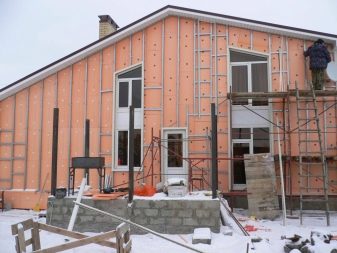
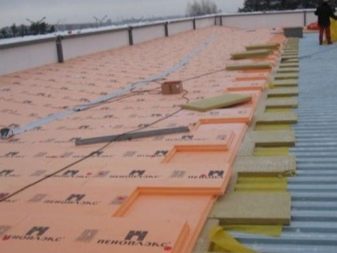
How to choose?
To choose which penoplex you need, you need to decide what kind of work it is needed for - insulation of walls, roofs or foundations. There are a number of parameters to consider.
By appointment
- For insulation of foundations, walls, floors - Penoplex Comfort is well suited.
- For insulation of walls (both external and internal), plinths, partitions to effectively save heat and reduce heating costs - the choice should be stopped at Penoplex Wall.
- For the construction of the base of the house or the construction of premises under the basement, Penoplex Foundation is suitable, which has high water-repellent properties and increased strength.
- If roof insulation is required, there is Penoplex Roof. It is suitable for both flat and pitched structures. Due to the lightness of the material, the building structure does not become heavier.
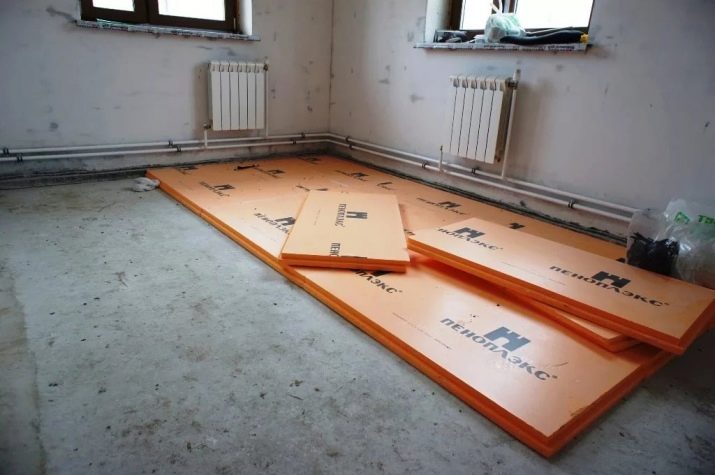

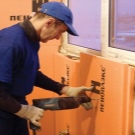


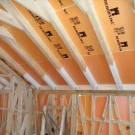
By density
Before buying an insulating material, the buyer thinks about its density, because this indicator can be used to judge the strength of the material, its weight and thermal conductivity.
- The density of "Penoplex Comfort" is in the range from 25 to 32 kg / m3.
- A less versatile type with a higher strength can be called "Penoplex Roof". The density of the material is 28–33 kg / m3.
- For Penoplex Foundation, this figure is 29–37 kg / m3. For this type of material, this parameter is especially important. The degree of resistance to mechanical factors (compression) depends on it.
- Penoplex 45 has the highest density, it ranges from 35 to 47 kg / m3.
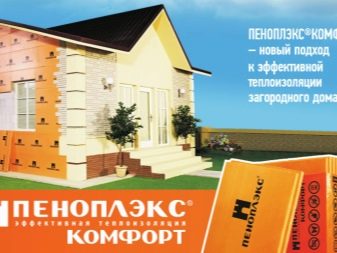
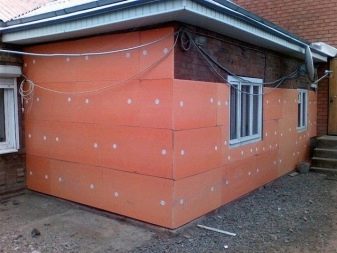
By sheet thickness
- The thickness of Penoplex Comfort varies from 20 to 100 mm. Each type has its own purpose, for example: penoplex with a thickness of 50 mm is mainly used to insulate the foundation or blind area.
- The thickness of the "F" series penoplex starts from 50 mm, these are the dimensions that should be used to insulate underground buildings and foundations in any house.
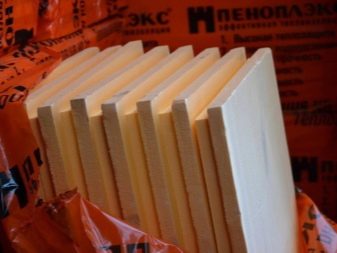
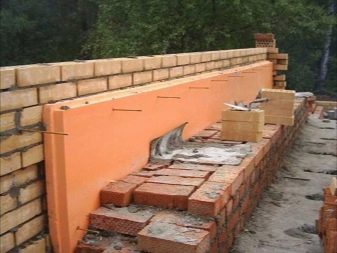
Recommendations
- When buying penoplex, you should pay attention to the product labeling, the safety of the packaging, the technical characteristics of the material.
- It is worth buying the material 10% more of the measured initial amount, in case it is rejected during use.
- It is necessary to carefully work with the material, since if its integrity is violated, water may get inside, which will reduce the service life of the material. It is better to use the services of professionals or read the instructions yourself and work correctly with penoplex.
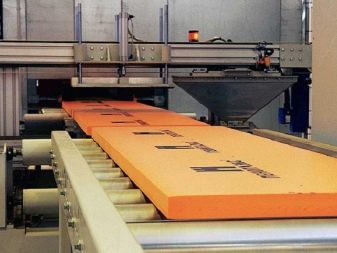
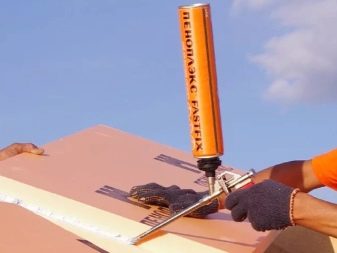
- Due to the possibility of the release of toxic vapors under the action of UV rays on the penoplex, it is considered optimal for its use outside.
- On top of the insulation, it is necessary to process it with plaster on a mesh or other facade material. It is not worth covering the insulation with a water-repellent agent, because the penoplex itself is waterproof.
- You should be careful when you are near the foam of other substances. Some of them can destroy the cellular structure of the slab. As a result, its technical performance will deteriorate.
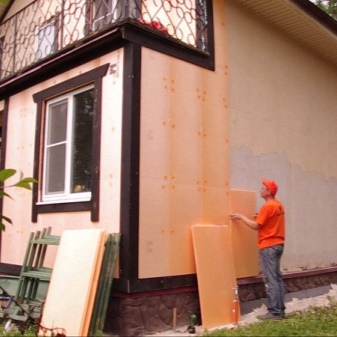
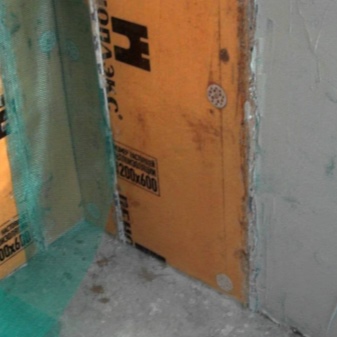
Harmful and hazardous substances include: oil-based paints, gasoline, kerosene, acetone.
Penoplex slabs should be operated in the range of -50 ... +75 degrees. At this temperature regime, all the characteristics of the material are perfectly preserved. They can be stored for a long time in the manufacturer's packaging, but should be protected from direct exposure to sunlight.
When choosing a penoplex, the question is how to make the correct calculations of raw materials. For this, on the websites of many manufacturers there is a special calculator. In it, you can specify the area of the insulated surface, and he himself will calculate the amount of material required.
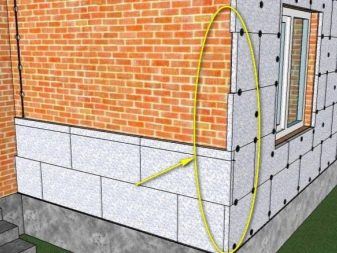
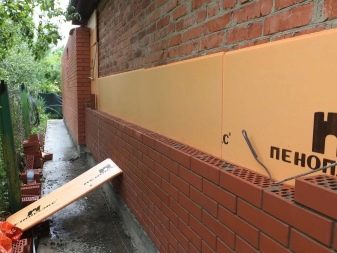
Before proceeding with the installation of the penoplex, you must complete several points:
- Preparation of the work surface, this is especially important for walls. It is necessary to remove all dirt, smooth the surface of the wall.
- If necessary, it is worth treating the facade walls with a primer.
- To fix the plates, a special mixture is prepared with an adhesive base.
- To prevent the plates from shifting under the influence of the wind, they are additionally fixed with fasteners.
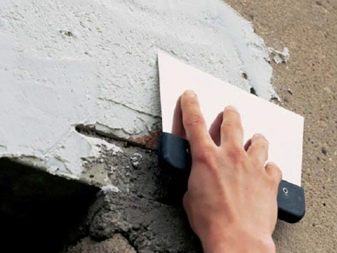

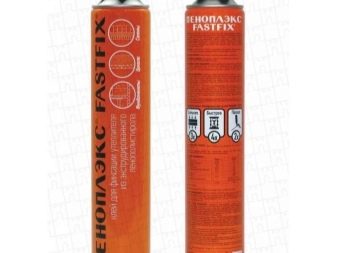
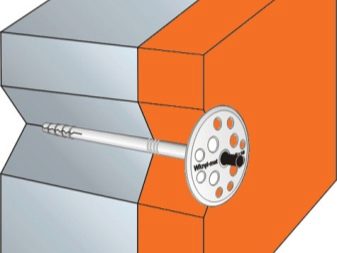
See below for a master class on floor insulation with penoplex.













The comment was sent successfully.